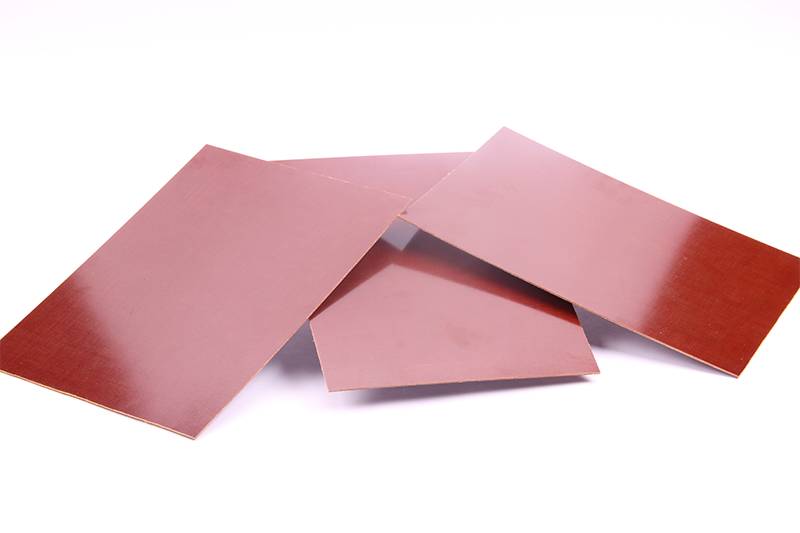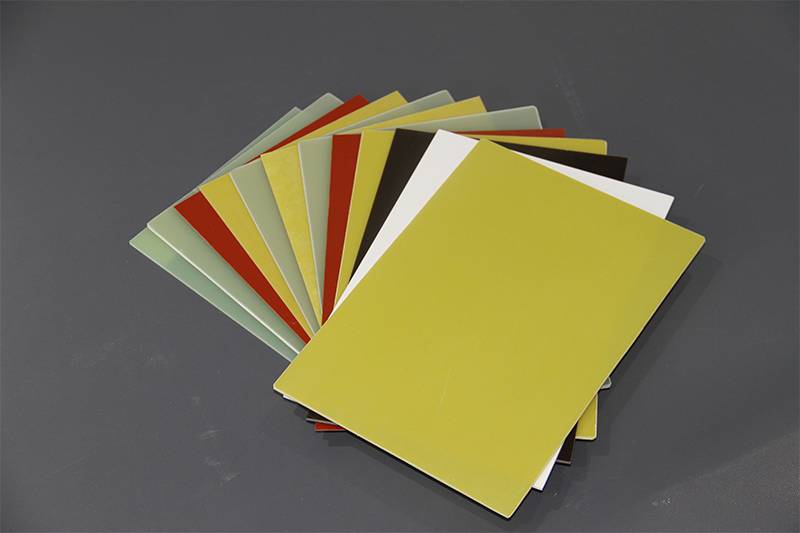Glass fiber checkered fabric is a roving plain weave fabric, which is an important base material for hand-layed FRP. The strength of the checkered fabric is mainly in the warp and weft directions of the fabric. For occasions requiring high warp or weft strength, it can also be woven into a unidirectional cloth. It can arrange more untwisted rovings in the warp or weft direction. Warp cloth, single weft cloth.
The description of glass fiber board
Glass fiber (original name: glass fiber or fiberglass in English) is an inorganic non-metallic material with excellent performance. There are many kinds of materials. The advantages are good insulation, strong heat resistance, good corrosion resistance, high mechanical strength, but the disadvantage is Brittle, poor wear resistance. Glass fiber is usually used as a reinforcing material in composite materials, electrical insulation materials and thermal insulation materials, circuit substrates and other fields of the national economy.

Difference between glass fiber board and glass board
The main materials of glass fiber board and glass are not much different, mainly due to the different material requirements during production, so there are some differences in the formula. Flat glass silica content is about 70-75%, glass fiber silica content is generally below 60%.
Glass is an inorganic material melted at high temperature (above 800 degrees, daily glass is generally melted at 1100 degrees.), Below the softening point temperature, no chemical changes will occur. Above the softening point, it just softens, melts or decomposes without burning.
Glass fiber board is made by pulling glass into extremely thin glass filaments. At this time, the glass filaments have good flexibility. The glass fiber board is spun into yarn and then woven into a glass fiber cloth by a loom. Since the glass filament is extremely thin and the surface area per unit mass is extremely large, the temperature resistance performance is somewhat reduced. It is like melting a thin copper wire with a candle.

But glass cannot burn. The combustion we can see is actually to improve the performance of the glass fiber cloth, and the resin material coated on the surface of the glass fiber cloth, or the attached impurities. After being coated with pure glass fiber cloth or coated with some high-temperature resistant coatings, it can be made into products such as fire-resistant clothing, fire-resistant gloves and fire-resistant blankets. However, if it directly contacts the skin, the broken fibers will stimulate the skin more and it will be very itchy.
Generally, the diameter of conventional glass fiber monofilaments is more than 9-13 microns and the glass fiber floats below 6 microns can directly enter the pulmonary tube which can cause respiratory diseases, so pay special attention to the fact that most of them are imported below 6 microns. Professional masks must be worn during production operations. It may be sucked into the lungs if contacted frequently, causing pneumoconiosis.

.jpg)
